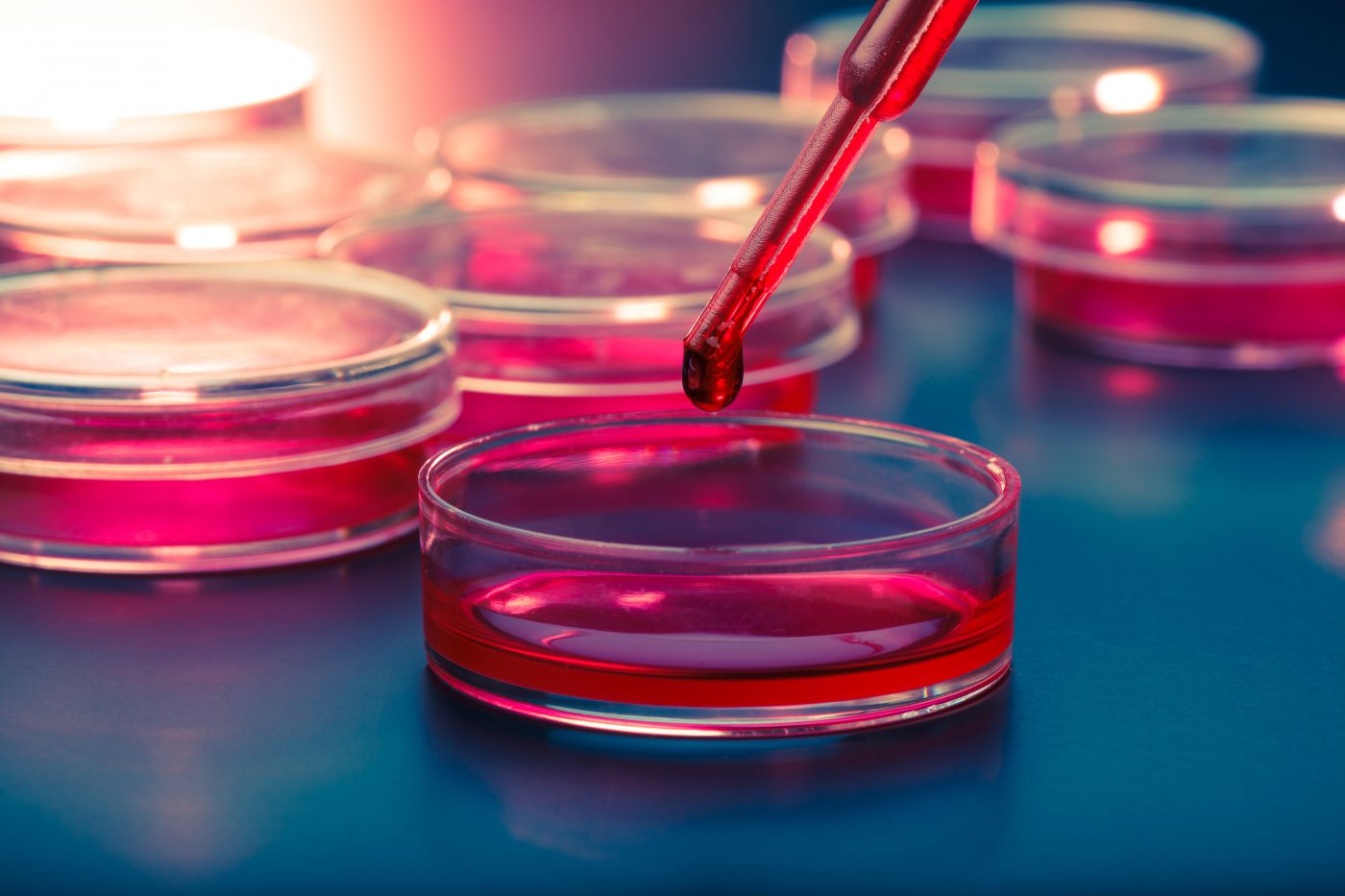MDM4 Protein May Help to Treat PF by Clearing Cells That Drive Fibrosis
Written by |

Suppressing MDM4, a mechanosensitive protein produced by myofibroblasts — the main drivers of pulmonary fibrosis (PF) — promoted the death and clearance of myofibroblasts and reversed persistent lung scarring in a mouse model, a study shows.
Notably, these benefits were associated with a reduced stiffness of the extracellular matrix (ECM), a network of molecules outside cells that provides structural and biochemical support and that is overproduced and unusually stiff in PF.
Similar effects were observed when the collagen mesh of the ECM was broken down, using a naturally occurring compound called chebulic acid.
Together, these findings suggest that blocking MDM4 or targeting ECM’s collagen mesh may be new approach to treating PF patients.
“Our study identifies MDM4 as a mechanosensitive protein and a novel molecular target in pulmonary fibrosis and highlights the therapeutic potential of targeting collagen cross-linking to reverse persistent lung fibrosis associated with aging,” Yong Zhou, PhD, the study’s senior author, said in a press release. Zhou is an associate professor in the department of medicine of the University of Alabama at Birmingham.
The study, “Targeting mechanosensitive MDM4 promotes lung fibrosis resolution in aged mice,” was published in the Journal of Experimental Medicine.
Idiopathic pulmonary fibrosis (IPF), a form of PF with no clear cause, is characterized by excessive wound healing that leads to scarring (fibrosis) and increased stiffness of the lung tissue, making it difficult for patients to breathe.
While IPF’s exact causes are not known, evidence from patient and mouse studies have shown that aging is a strong risk factor.
IPF is estimated to affect 1 in 200 U.S. adults over the age of 70. In agreement, lung injury-induced PF can be naturally resolved in young mice, but it adopts a persistent, non-resolving nature in older animals.
Myofibroblasts — cells involved in wound healing — are the main drivers of fibrosis in PF. These cells are known to produce excessively high levels of key components of the ECM, such as collagen, which contribute to tissue stiffening.
Resolving lung fibrosis “is thought to involve degradation of excessive collagen, removal of myofibroblasts, and regeneration of normal lung tissue by stem cells,” Zhou said, but its underlying mechanisms “remain poorly understood.”
“Accumulating evidence indicates that mechanical interactions between [myofibroblasts] and the stiffened ECM provide a feedforward mechanism that sustains and/or perpetuates pulmonary fibrosis,” the researchers wrote.
As such, targeting matrix stiffness and these fibrosis-promoting mechanical interactions may help prevent or reverse lung tissue scarring.
Zhou and his team discovered that MDM4 — a protein known to suppress the activity of a wound healing molecule, called p53, and one found at lower levels in IPF myofibroblasts — is involved in such mechanical interactions. As such, it might be a therapeutic target for IPF.
The researchers first found that MDM4 levels were significantly higher in myofibroblasts of IPF patients than in those from healthy individuals. Similar raises were seen in fibrotic lesions of aged mice with lung injury-induced fibrosis.
Further analyses, using human lung fibroblasts grown in the lab with matrixes of different rigidities, showed that MDM4 was produced in response to the increased ECM stiffness associated with IPF. Data also confirmed that higher MDM4 levels promoted the suppression of p53 activity.
These findings pointed to “MDM4 as a matrix stiffness–regulated mechanosensitive inhibitor of p53,” the researchers wrote. Of note, fibroblasts — like myofibroblasts — are involved in tissue healing.
Reducing matrix stiffness around lab-grown lung myofibroblasts from IPF patients lowered MDM4 levels and activated a p53-dependent genetic program that promoted myofibroblast death and clearance.
“Recognition and removal of [dying] cells are crucial for a healthy repair of injured tissues and reinstatement of tissue homeostasis [healthy balance],” the researchers wrote.
Removal of dying myofibroblasts was conducted by macrophages, a type of immune cell known to clear dead cells and debris from tissues by engulfing and digesting them. Researchers also found that dying myofibroblasts recruited macrophages to specific sites by producing a signaling, cell migration-inducing molecule called CX3CL1.
Moreover, they discovered that suppressing MDM4 production in lung myofibroblasts increased p53 activation, lowered the levels of ECM molecules like collagen, and lessened injury-induced lung fibrosis in aged mice.
Treating these mice with chebulic acid, a naturally occurring compound that removes the chemical links between collagen fibers, also reduced matrix stiffness, increased enzyme-mediated collagen breakdown, and lowered MDM4 levels — again lowering tissue scarring, the researchers found.
Treated mice showed no signs of abnormal lung structure at least four months after treatment, but longer studies are needed to assess chebulic acid’s safety and potential effects on lung health, they added.
These findings highlight MDM4 as potential therapeutic target for IPF and suggest the mechanical properties of the lung microenvironment as “a promising strategy for anti-fibrotic therapy,” Zhou concluded.






